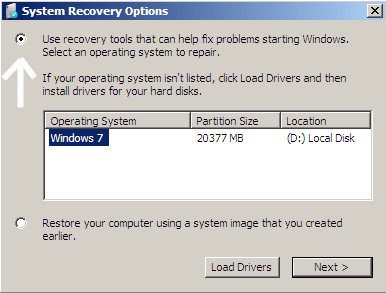Autodesk 3ds Max and Autodesk 3ds Max Design software provide powerful,
integrated 3D modeling, animation, rendering, and compositing tools that
enable artists and designers to more quickly ramp up for production.
The two versions share core technology and features, but offer
differentiated experiences and specialized toolsets for game developers,
visual effects artists, and graphic designers on the one hand, and
architects, designers, engineers, and visualization specialists on the
other. This full-featured 3D modeling, animation, rendering, and effects
solution is used to produce top-selling games and award-winning film
and video content. Those looking to quickly and efficiently generate
convincing characters, seamless CG effects, or jaw-dropping games will
want to explore this latest release of the software. Its easy-to-learn
environment enables artists to quickly ramp up for production. 3ds Max
is the leader in 3D animation for game development, design
visualization, visual effects, and education.
Autodesk 3ds Max
Autodesk 3ds Max provides a comprehensive, integrated 3D modeling,
animation, and rendering solution for game developers, visual effects
artists, and graphic designers.
• Powerful 3D modeling—With an extensive polygon modeling and texture
mapping toolset, modelers and texture artists can work more quickly and
effectively.
• Advanced character rigging and animation—The fully integrated
Character Animation Toolkit (CAT) provides an out-of-the-box advanced
rigging and animation system.
• Choice of integrated renderers—Artists can create highly near
realistic or stylized looks using the tightly integrated 3ds Max scan
line and mental ray® renderers, including mental ray network rendering
to help finish rendering faster.
• Extensible pipeline support—Developers can customize, extend, and
integrate 3ds Max into their existing pipelines with support for C ++
and .NET.
• FBX Import/Export for Unreal pipelines—Create and animate 3D models in
Autodesk 3ds Max and export as Autodesk® FBX® asset exchange technology
files, and then import into the Unreal® Editor content creation tool.


















